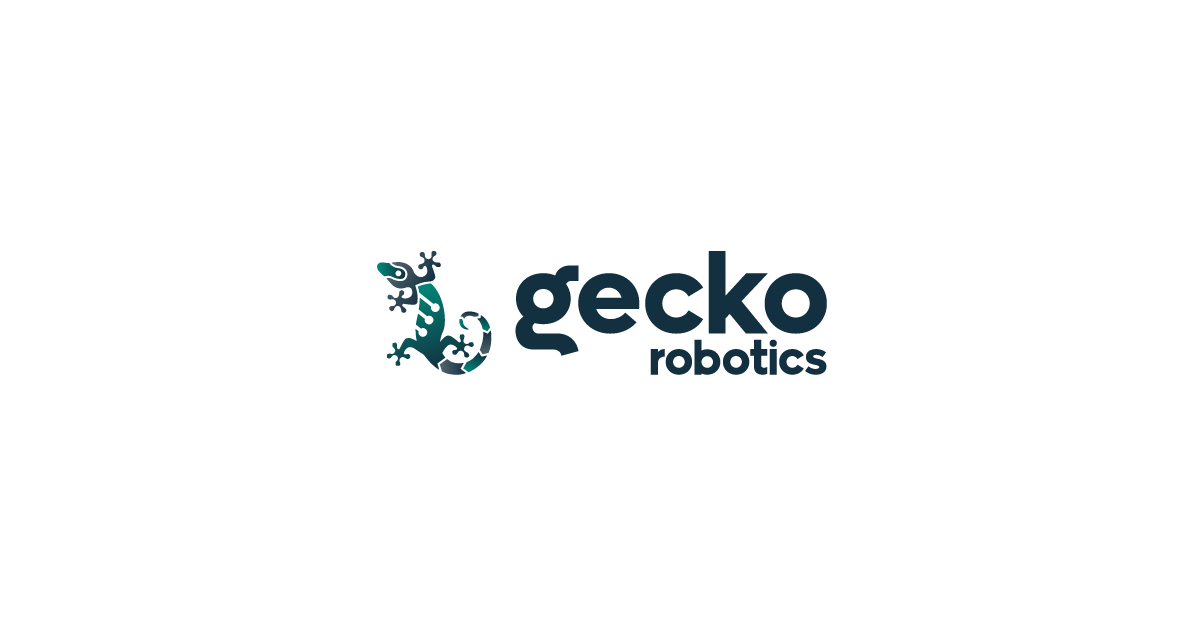
Data backup serves as a digital safety net, ensuring your data’s security by creating copies for restoration if the primary version is lost or damaged. Methods include external drives, USBs, and, increasingly, cloud solutions, offering accessibility and space-saving benefits. Despite their importance in preventing data loss from threats like ransomware and hardware failures, many neglect regular backups. According to ExpressVPN’s survey on people’s backup habits, 22 percent of the respondents have admitted to never backing up their data, and 38 percent have lost important data due to neglecting backups.
This doesn’t have to be like this, especially in the presence of various data backup options.
Removable Media
Compact discs and flash drives have been a popular choice for data backup due to their affordability and simplicity. They offer portability and can be stored off-site for added security. However, drawbacks include limited storage capacity, requiring multiple discs or drives for large data amounts, and susceptibility to damage, leading to potential data loss. Transfer speeds may also be slower compared to other methods, posing concerns for users with extensive data needs. While suitable for basic, portable backup needs, those with larger data volumes or speed requirements may prefer alternative backup solutions.
Redundancy
Creating duplicates of your data ensures its safety and accessibility, which is crucial for backup purposes. Redundancy minimizes the risk of data loss from hardware failures, disasters, or unforeseen events. It’s achievable through methods like multiple hard drives, RAID technology, or cloud backups.
RAID merges several hard drives into one unit, spreading data across them based on the RAID level. RAID 0 boosts performance but lacks redundancy, while RAID 1 mirrors data on two drives, and RAID 5 offers both performance and redundancy by distributing data and parity information.
Choosing the right redundancy level hinges on factors like data importance, potential loss impact, and budget constraints, especially for critical data.
External Hard Drive
Portable hard drives offer a convenient backup solution for data due to their user-friendly nature. They connect to your computer through USB or similar interfaces, providing ample storage capacity. Their mobility allows for off-site data storage, enhancing security. Moreover, they facilitate a swift backup process compared to alternatives like removable media. However, there are drawbacks. Physical damage and theft pose significant risks, potentially leading to data loss. Also, hard drive failures are possible, resulting in data loss. While more cost-effective than some alternatives, purchasing multiple drives for redundancy or extensive storage needs can be expensive. Despite these considerations, portable hard drives remain a viable option for those seeking a simple, quick, and portable backup solution, though precautions against potential risks are advisable.
Hardware Devices
Dedicated hardware appliances cater specifically to data backup and storage needs. These devices integrate built-in backup software and support diverse storage options like hard drives, tape drives, or cloud storage. They offer a complete backup solution for businesses, featuring data deduplication, encryption, and automated backup scheduling.
Their main advantage lies in convenience and simplicity; setup and management are streamlined due to their purpose-built design. These appliances enhance backup efficiency and security with features like data deduplication and encryption. Moreover, they often facilitate multiple backup destinations for redundancy and off-site storage.
However, their downside is the hefty price tag, which is especially burdensome for small businesses. Additionally, they risk obsolescence over time, necessitating upgrades for optimal performance and data security.
While ideal for comprehensive, user-friendly, and secure backups, their cost may deter some users. It’s crucial to weigh the long-term investment and potential upgrade needs when considering this option.
Backup Tool
Backup software plays a vital role in data protection, automating and simplifying backups. Options vary widely, from basic free tools to sophisticated, feature-packed solutions. It ensures efficient and secure data backup, enabling swift recovery in emergencies. Key features to consider include:
- Scheduling: Quality backup software should enable automated backup scheduling for consistent data protection.
- Incremental and differential backups: These methods save only recent changes, conserving time and storage.
- Encryption: Backup tools should feature encryption for data security against potential breaches.
- Compression: Some software offers compression to shrink backup storage requirements.
- Multiple backup destinations: The ability to backup to various locations boosts redundancy and protection.
While many free backup options exist, paid software often provides extra features and support, particularly beneficial for businesses or complex backup requirements. Paid solutions may also deliver quicker data transfers and more dependable backup procedures.
Cloud Backup Services
Cloud-based backup solutions are widely chosen for data protection. They offer remote storage and online accessibility. Data is securely stored on servers managed by a third party and accessible from any location with internet connectivity. They commonly feature encryption, redundancy, and automated backups.
The main advantage lies in their accessibility and convenience, enabling data retrieval from anywhere with internet access. These services prioritize security with encryption and redundancy, ensuring data safety. They also offer flexible storage options to accommodate changing needs.
However, despite robust security measures, there are concerns regarding potential data breaches due to online accessibility. Moreover, costs can be high, particularly for extensive data storage needs.
Tips to back up your data securely
Choosing the right backup method and platform, especially for cloud services, involves following certain guidelines, with “encryption” being paramount. Here’s how to ensure safe and secure data backup:
- Opt for a compatible cloud service like Microsoft OneDrive for Microsoft users.
- Prioritize cloud services with robust encryption standards such as pCloud, IDrive, and Dropbox to deter unauthorized access.
- Encrypt your files before backup to add an extra security layer, rendering them unreadable without the decryption key.
- Establish a regular backup routine, whether weekly for personal use or daily for businesses with dynamic data, using software that supports automatic backups.
- Enhance cloud storage security with multi-factor authentication (MFA), requiring additional verification beyond passwords.
- Safeguard sensitive data with a hybrid approach, storing backups in both physical and cloud locations to minimize risks associated with relying solely on one method.
Final Thoughts
Ensuring recoverability in critical times is a constantly shifting goalpost. With the swift evolution of technologies and threats, our data protection strategies must also keep pace. Familiarizing ourselves with backup choices and procedures empowers us to make educated choices and, crucially, stay ahead of emerging tech trends.
Was this page helpful?
Our commitment to delivering trustworthy and engaging content is at the heart of what we do. Each fact on our site is contributed by real users like you, bringing a wealth of diverse insights and information. To ensure the highest standards of accuracy and reliability, our dedicated editors meticulously review each submission. This process guarantees that the facts we share are not only fascinating but also credible. Trust in our commitment to quality and authenticity as you explore and learn with us.


